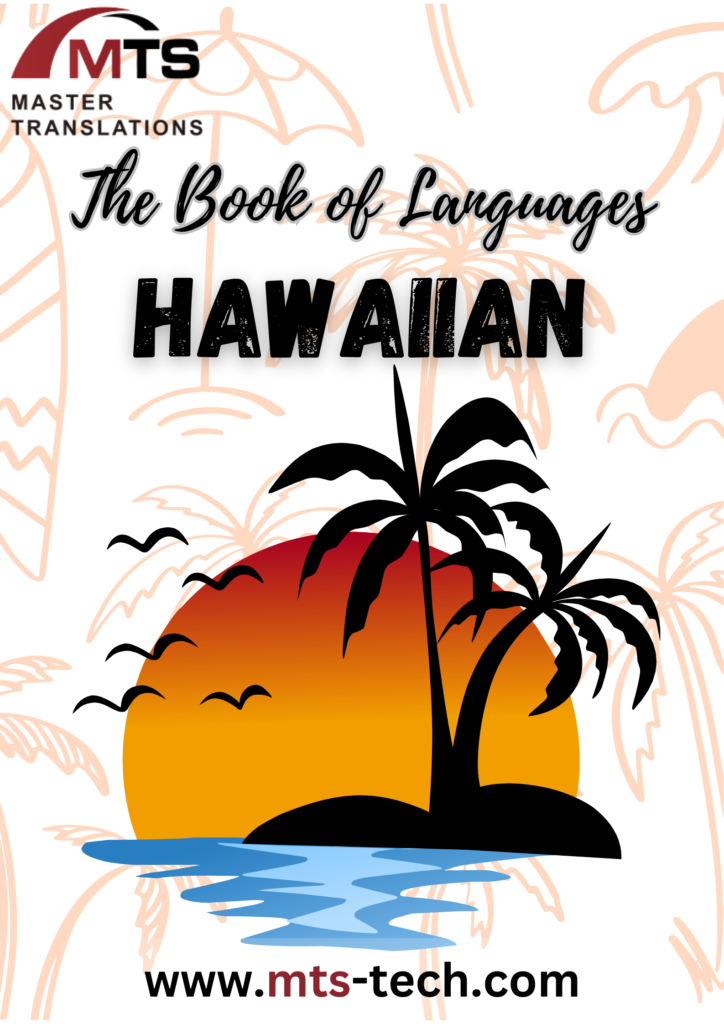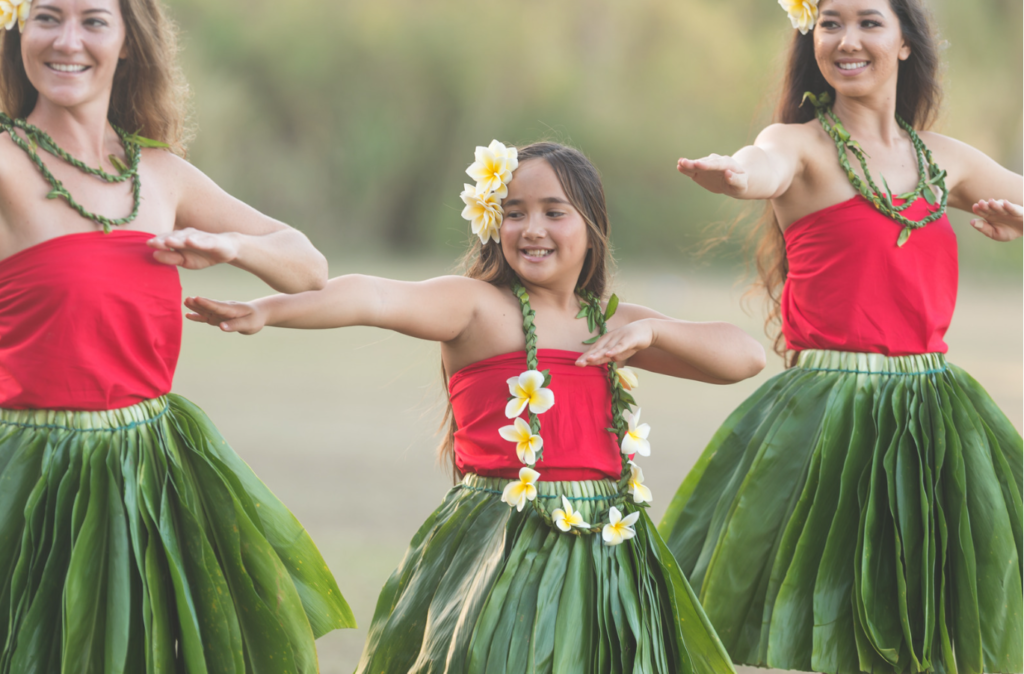
In the midst of the vast Pacific Ocean, the Hawaiian Islands are home to the Hawaiian language, a melodious and historically rich tongue. As one of the official languages of the state of Hawaii, Hawaiian holds a special place in the cultural and linguistic landscape of the United States. It is part of the Polynesian branch of the Austronesian language family, linking it to other languages spread across the vast expanse of the Pacific all the way to Africa like the Malagasy language we spoke about in our last copy!
The Hawaiian language, with its Polynesian roots, echoes the stories of the great navigators who voyaged across the Pacific and settled the Hawaiian Islands around 1,500 years ago. For centuries, Hawaiian was an oral language, rich in legends, chants, and mele (songs). The 19th century saw profound changes with the introduction of a written form by Western missionaries. This period marked the beginning of a written Hawaiian literature but also a decline in the language’s use, exacerbated by factors like the overthrow of the Hawaiian Kingdom and the imposition of English. Recent decades have witnessed a renaissance in Hawaiian language and culture, emphasizing the importance of ‘ōlelo Hawai’i (the Hawaiian language) in education and media.


The Hawaiian language is replete with words that encapsulate the island’s unique environment and cultural ethos. “Aloha,” a word famous worldwide, represents love, peace, and compassion, but also serves as a greeting and farewell. “Mana,” another significant term, refers to a spiritual energy or power believed to exist in people and objects. “ʻOhana,” meaning family, extends beyond blood relations to include friends and community members, emphasizing the Hawaiian belief in the importance of social bonds.
Hawaiian is linguistically notable for several reasons. It is known for its small phonemic inventory; it has only eight consonants and five vowels, which contributes to its melodic quality. Hawaiian is also an isolating language, where words are generally not inflected and grammatical relationships are indicated by word order and the use of particles. Additionally, Hawaiian, like other Polynesian languages, uses reduplication – the repetition of whole or part of a word – to indicate aspects like intensity or plurality.
Dance like a Hawaiian!

The Hawaiian language is deeply intertwined with the islands’ artistic and cultural expressions. It is a vital component of hula, a traditional Hawaiian dance, where chants (mele) in Hawaiian narrate stories, history, and mythology. Hawaiian music, known for its distinctive melodies and harmonies, also heavily relies on the language to convey its poetic and emotive qualities. These cultural practices are not just art forms but are also seen as living embodiments of Hawaiian heritage and identity.
Learning Hawaiian offers unique challenges and rewards. Its limited phonemic inventory makes pronunciation accessible, but its syntactic and grammatical structures can be unfamiliar to speakers of Indo-European languages. The language’s rich use of metaphors and symbolic meanings requires learners to engage deeply with Hawaiian cultural concepts. However, this journey into Hawaiian language learning is profoundly enriching, offering insights into Hawaii’s history, culture, and worldview.
